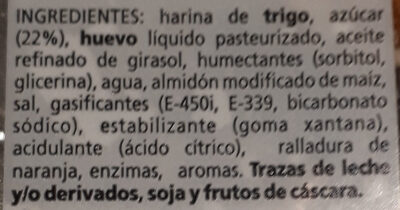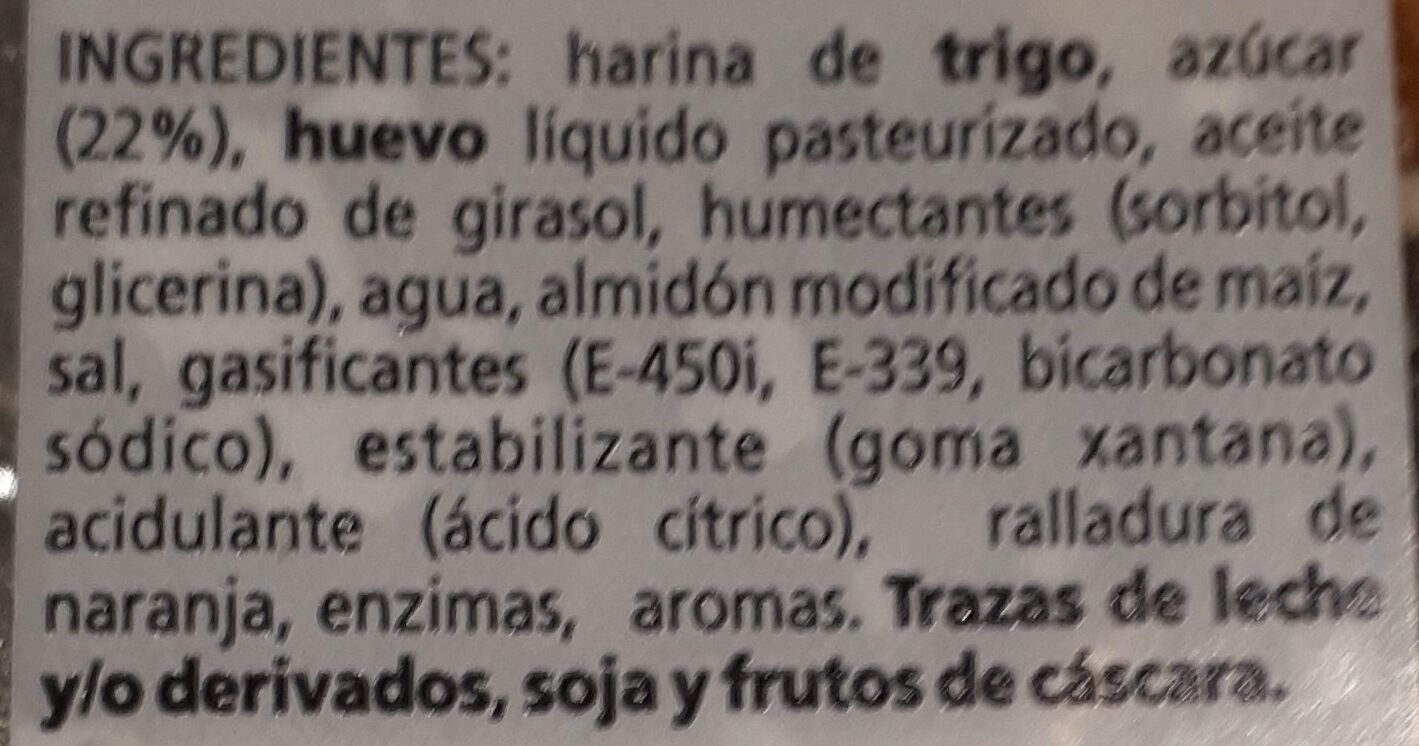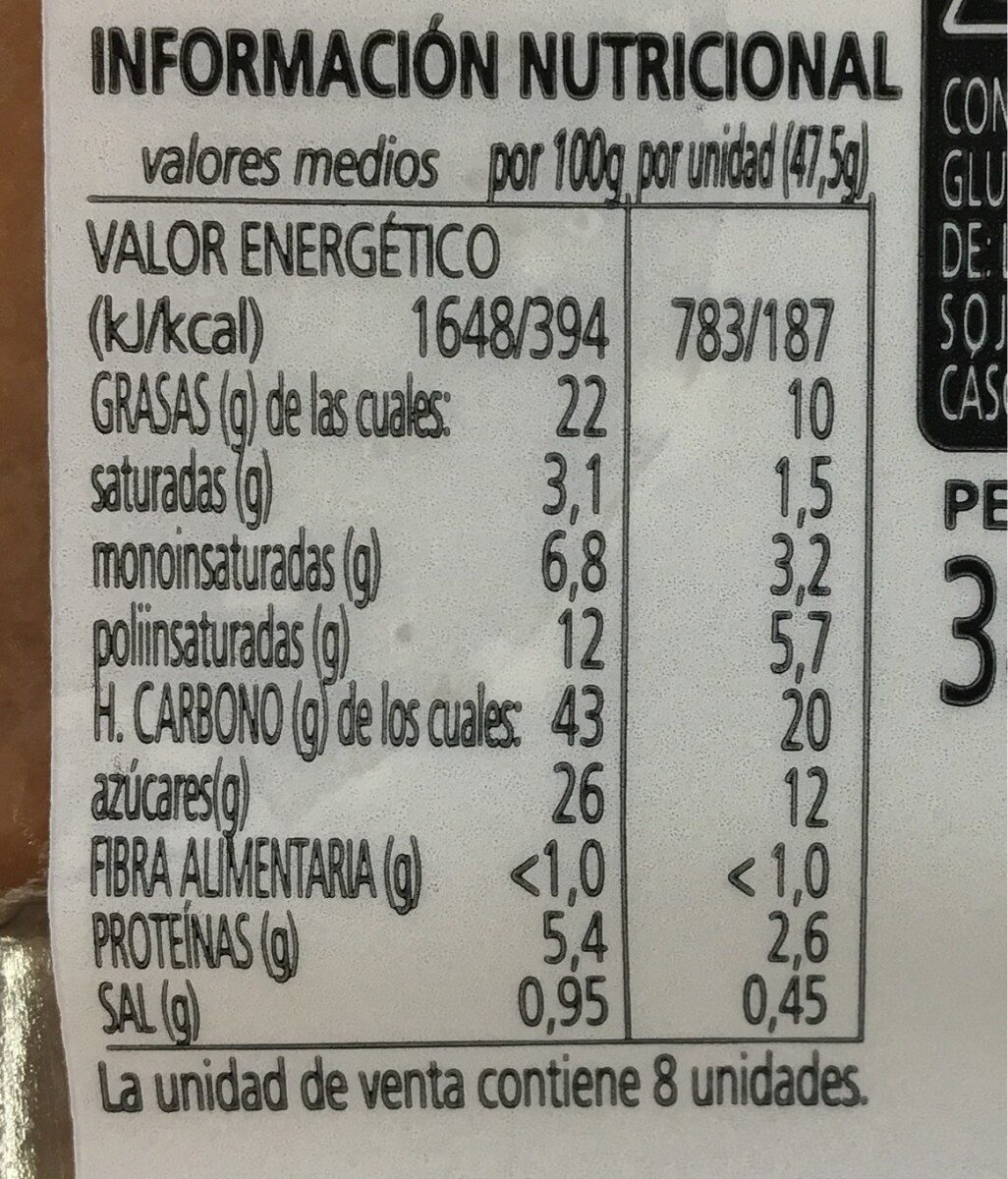Magdalenas de azúcar - Hacendado - 380 g
Aquesta pàgina del producte no està completa. Podeu ajudar a completar-la editant-la i afegint-hi més dades a partir de les fotos ja disponibles, o fent-ne més amb l'aplicació de androide o iPhone / iPad. Gràcies!
×
Codi de barres: 236845440000100408001554
Quantitat: 380 g
Marques: Hacendado
Categories: Snacks, Aperitius dolços, Galetes i pastissos
Matching with your preferences
Entorn
Empaquetament
Transport
Report a problem
Fonts de dades
Producte afegit per openfoodfacts-contributors
Última modificació de la pàgina del producte per thaialagata.
La pàgina del producte, també editada per acuario, elcoco, kiliweb, musarana, yuka.WDdJa0Vid1l2dDB5bGM4N3BUcng1ZWtsbjdPRFlWaTZKT3NiSVE9PQ.
Si les dades són incorrectes o incompletes, pot completar o corregir editant aquesta pàgina.










